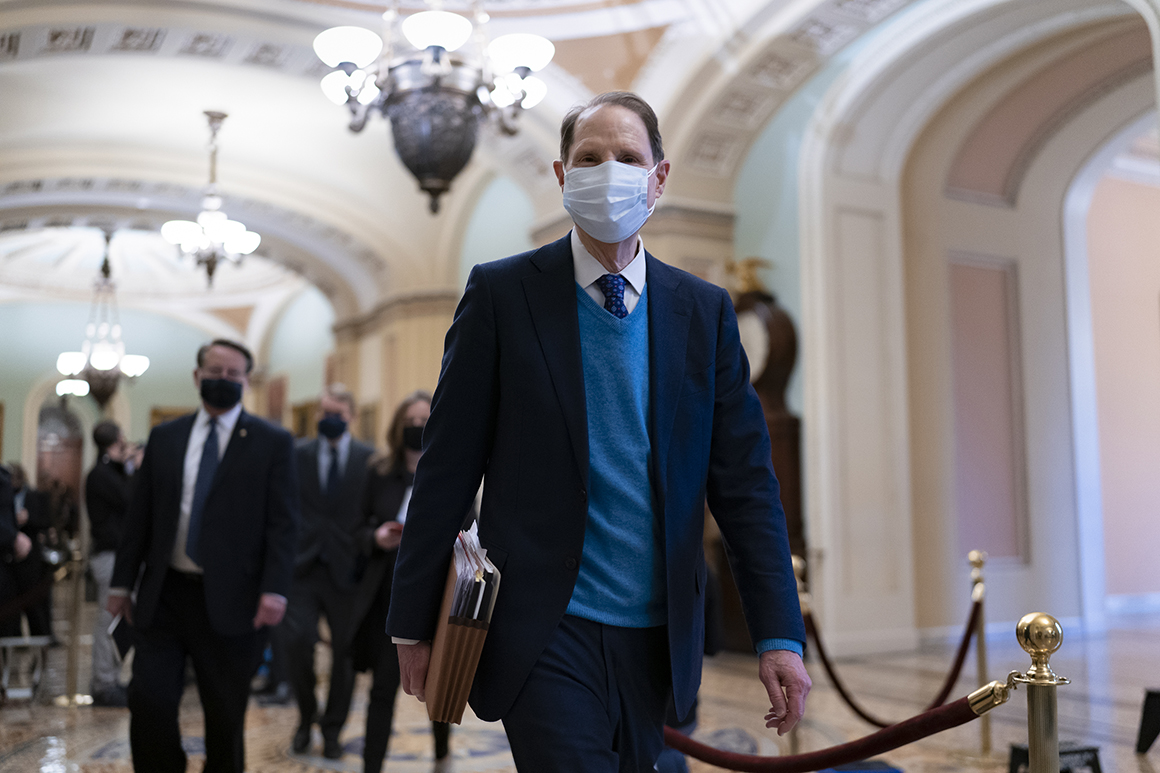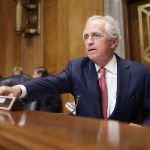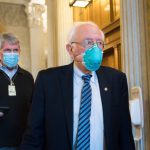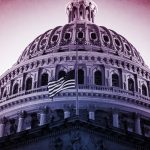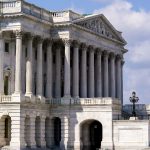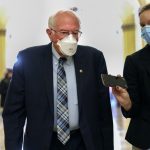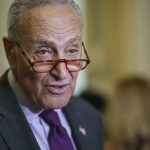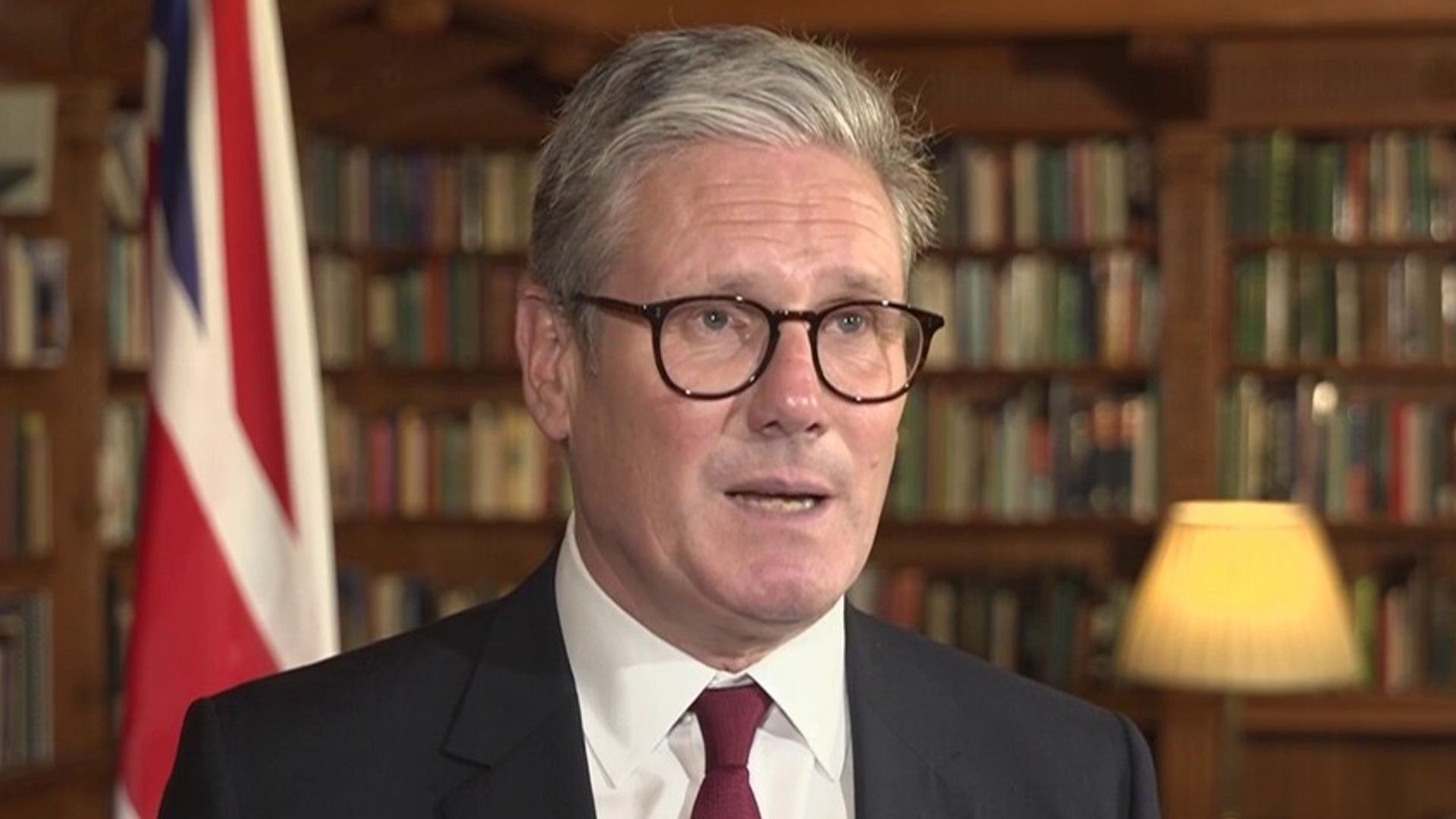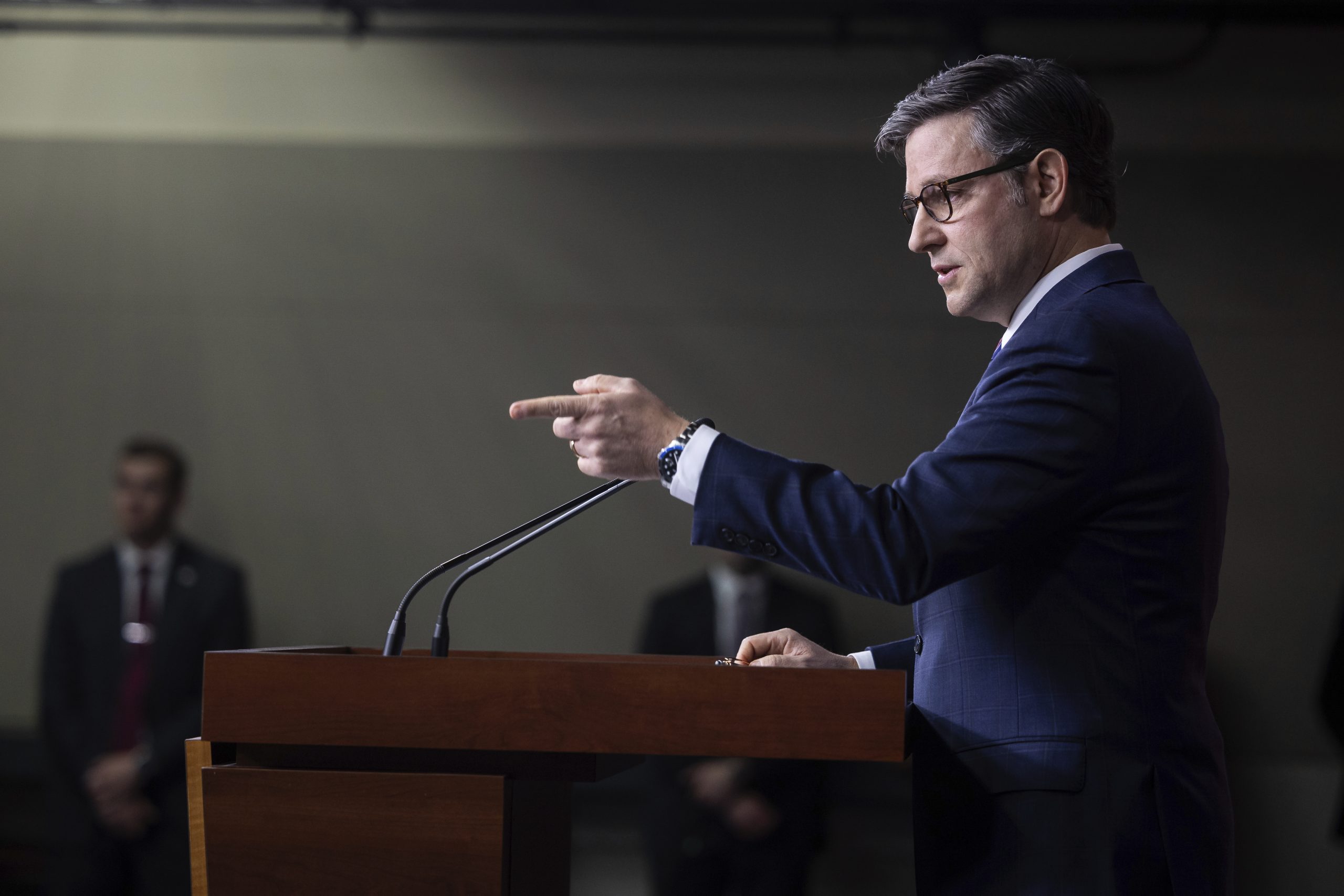Democratic leaders are racing to get President Joe Biden’s $1.9 trillion pandemic aid plan through Congress, fulfilling one of his biggest early promises. But even if they hit their ambitious targets, major parts of the bill may already be too slow for many Americans walloped by the virus.
That’s because some of the largest pieces of the aid will not hit U.S. households for at least another month — and in some cases longer — given the host of new bureaucratic holdups that are bound to follow congressional action. The lag is expected to be most painful for the millions of jobless Americans facing a drop-off in their $300 a week boost in unemployment payments, even if Congress can stay on track and get its Covid aid measure to Biden’s desk by mid-March.
Delays in the delivery of federal economic aid are a Washington fixture, but their effect on Biden’s plan comes with particularly high stakes. The new president is devoting significant political capital to promoting the package as he tries to heal widespread anguish among Americans after nearly a year of pandemic disruption, making every day count as his White House pushes for benefits to get approved and distributed.
Democrats are aware that their current plans to push the bill through at what qualifies as top speed for Congress may not be enough to assuage anxious voters.
Senate Finance Chair Ron Wyden (D-Ore.) said constituents have been approaching him at the grocery store, complaining about the disconnect between congressional action and unemployment aid making it to their accounts because state unemployment offices are swamped.
“After a really long political season, that went all the way into 2021, people just want results,” Wyden said in a phone interview from Oregon, advocating for his proposals to create a uniform system for unemployment aid and tie jobless support to economic conditions “so you eliminate these cliffs.”
While extra unemployment benefits don’t lapse until March 14, a gap in payments is already inevitable in much of the country because it takes states time to process the new federal infusion, which would be increased to $400 a week under Biden’s plan. Other aid the proposal would provide — like hundreds of dollars in monthly help for families with children and subsidized Wi-Fi for kids in virtual classes — is expected to take months longer to distribute.
For proof of the political consequences that can bedevil a signature economic plan seen as insufficient, Biden need look no further than his own time as vice president. The Obama administration’s $787 billion economic stimulus bill, signed into law on Feb. 17 of the new president’s term, was later dinged as too small. But one veteran of that push said the best thing Biden’s team can do to is keep pushing.
“There’s no instant gratification when it comes to Congress and big legislative packages,” said Ben LaBolt, a top White House press aide during the Obama administration who’s now a partner at the consulting group Bully Pulpit Interactive. “The best thing President Biden can do is to be shown advocating for this every single day."
The majority party’s aspiration to get Covid aid signed into law by the second week of March may prove too ambitious because it hinges on a trouble-free journey through the Senate, where the debate has already divided Democrats on issues like sending stimulus checks to undocumented immigrants and raising the federal minimum wage to $15 an hour. The reconciliation process Democrats are using to get the package through the 50-50 Senate with a simple majority could also spur delays, since parliamentary fouls would require complicated rewrites to make the bill text work under the special budget rules.
The weeks that Congress will need to wrap up work on the aid package, however, will pale in comparison to the administrative rigmarole that’s expected to delay some of the bill’s tangible assistance for months after it gets signed into law.
The majority of the more than 18 million Americans who remain on unemployment insurance are set to lose their benefits over several weeks beginning March 14, with delays of weeks or months for many of them as some states reprogram antiquated unemployment systems to get the money out to jobless workers.
Congress needs to act two to three weeks before an unemployment cliff to head off that gap, experts estimate. Given how long it takes the Labor Department to issue guidance and then for states to verify workers’ eligibility, that window of opportunity is expected to close by month’s end, long before the stimulus is signed into law.
State unemployment offices are already processing more than 800,000 new jobless claims per week. “It’s just a madhouse,” said Elizabeth Pancotti, policy director at the pro-worker group Employ America.
And getting aid money out quickly is crucial to keeping the economy afloat after the hit it took from the coronavirus, economists warn, given that any lapses in assistance will lead to a drop in consumer spending. Spending among low- and middle-income Americans who are receiving stimulus checks and unemployment benefits is slightly higher than it was before the pandemic, heavily bolstering the economy even though 10 million people remain unemployed.
“When people talk about how startlingly strong the rebound was out of the depths of the initial part of the crisis, that was predicated on unprecedented support” from the federal government, said Diane Swonk, chief economist at Grant Thornton.
The start-and-stop nature of unemployment aid and other benefits is already weighing on consumer behavior, dampening the effects on the broader economy, Swonk and other economists warn. If people are unable to count on regular unemployment checks or anticipate a change in the amount of benefits they are getting, they will spend less.
"It creates uncertainty, and uncertainty is a tax on the economy,” Swonk said.
Among the stimulus policies that would most significantly increase cash to Americans, the package would boost the child tax credit and allow families to receive that money on a monthly basis, providing up to $300 a month per kid. But the IRS would not have to start offering those monthly payments until July 1.
The case for expanding the child tax credit as an immediate stimulus “is weaker given the timing challenge,” said Garrett Watson of the Tax Foundation, noting that there is also an argument for expanding the credit to reduce child poverty over the long term.
The IRS would also be charged with sending out new stimulus checks of up to $1,400 while at the same time facing the tidal wave of tax filing season. Leaders in the tax industry have already called on lawmakers to ensure the overburdened agency is not ordered to swiftly distribute all stimulus checks to the detriment of its core mission of collecting taxes.
John Koskinen, who served as IRS commissioner from 2013 through 2017, said the agency did “amazingly well” distributing stimulus checks last year despite being underfunded and short thousands of employees since a decade ago.
“But there’s a limit to what new things you can ask them to do without threatening the entire system,” Koskinen warned.
In another tall order, the stimulus would require the Small Business Administration to launch a $25 billion restaurant grant program that the industry has been fighting for since the early months of the pandemic. Since then, about 17 percent of restaurants have closed, according to the National Restaurant Association.
The SBA, which has faced unprecedented demands from Congress during the economic and health crisis, has not fully implemented relief efforts from December’s economic aid package. The most glaring example is a $15 billion grant program for shuttered live venues that has not yet launched and has no official start date.
Under the stimulus, the Federal Communications Commission also would receive $7.6 billion to subsidize Wi-Fi hot spots and other devices to help students connect to virtual classes. But the agency would get two months to set up rules for doing so, likely releasing that assistance with just a few weeks left in the school year.
At the state level, officials are already running out of cash from the previous stimulus.
“We’ve already had cities, counties, municipalities cutting staff to pay for Covid expenses,” Kansas State Treasurer Lynn Rogers said Thursday during a call hosted by the advocacy group Invest in America Action.
Several states have yet to even begin distributing some of the unemployment assistance granted under the pandemic aid package that became law in late December.
Some centrist lawmakers in both parties warned congressional leaders early in the process that enacting a massive aid package would result in painful delays. Rep. Tom Reed (R-N.Y.), co-chair of the bipartisan Problem Solvers Caucus, said Congress should peel off funding for vaccines, as well as an extension of unemployment benefits, and pass those portions as soon as possible.
There is now “a cliff hanging over Congress’ and the president’s desire to act,” Reed said. “There should be no reason to have that unofficial deadline of unemployment holding up what could otherwise be good policy.”
Rebecca Rainey, Zachary Warmbrodt, David Lim, John Hendel and Marianne LeVine contributed to this report.
